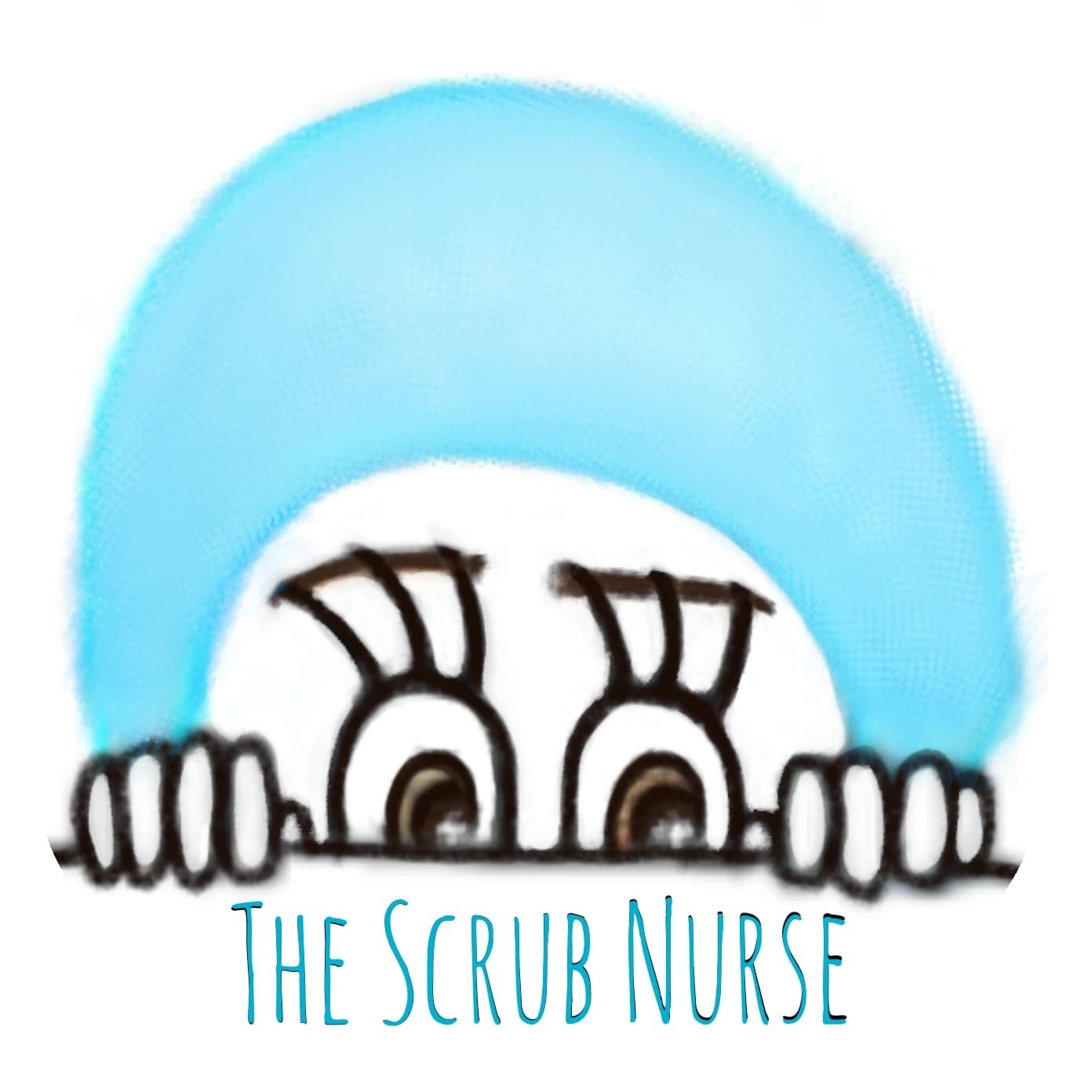


Sickle cell disease:
an inherited blood disorder characterized by defective hemoglobin.
There are several variations of this disorder.
Hemoglobin – a protein present in the red blood cells responsible for carring oxygen to the whole body.
Normal red blood cells are smooth, round, and flexible, like the letter “O,” being able to move through the body vessels easily. They are composed by healthy normal haemoglobins.
On the other hand, sickle cells are stiff and sticky, in the form of a sickle or the letter “C”. They are composed of abnormal hemoglobin with little ability to carry oxygen. These cells tend to cluster together and can not move easily through the blood vessels. The cluster causes a blockage in small arteries or capillaries and stops the movement of healthy blood and subsequently, oxygen. This blockage is the root of the complications of sickle cell disease.
Curiosities:
- Lifetime sickle cells – about 10 to 20 days;
- Normal Red Blood Cells (RBC) – up to 120 days;
- The spleen helps filter the blood, and because sickled cells have this particular shape and stiffness they get stuck and die;
- People with Sickle cell disease have poor percentage of Normal Red Blood Cells circulating in the body, and for that reason they are chronically anemic;
- Anemia is a condition that develops when blood lacks enough healthy red blood cells or hemoglobin.
🇵🇹 versão portuguesa
Doença falciforme: conceito que engloba um conjunto de doenças sanguíneas hereditárias caracterizado por hemoglobina defeituosa.
Hemoglobina – proteína presente nos glóbulos vermelhos responsáveis pelo transporte de oxigénio para todo o corpo.
Os glóbulos vermelhos normais são lisos, redondos e flexíveis, como a letra “O”, sendo capazes de se mover facilmente pelos vasos sanguíneos do corpo. Eles são compostos por hemoglobinas normais saudáveis.
Por outro lado, as células falciformes são rígidas e pegajosas, com forma de foice ou da letra “C”. Elas são compostas de hemoglobina anormal com pouca capacidade de transportar oxigénio. Essas células tendem-se a agrupar o que dificulta o seu movimento nos vasos sanguíneos. O aglomerado destas células causa obstruções nas pequenas artérias ou capilares, interrompendo o movimento de sangue saudável e, subsequentemente, do suplemento de oxigénio. As obstruções são o que está na base das complicações da doença falciforme.
Curiosidades:
- O tempo médio de vida das Células falciformes – cerca de 10 a 20 dias;
- O tempo médio de vida dos Glóbulos vermelhos normais – até 120 dias;
- O baço ajuda a filtrar o sangue e, como as células falciformes têm essa forma e rigidez particulares, elas ficam presas no órgão e morrem;
- Pessoas com doença falciforme têm baixa percentagem de glóbulos vermelhos normais circulando no corpo e, por essa razão, são cronicamente anémicas;
- A anemia é uma condição que se desenvolve quando o sangue apresenta suficientes glóbulos vermelhos ou hemoglobina saudáveis.
References/ Referencias:
Stanford Children’s Hospital – Sickle Cell Disease in Children
Difference Between . Net – Differences Between RBC And Hemoglobin
Web MD – Understanding Anemia, the Basics

